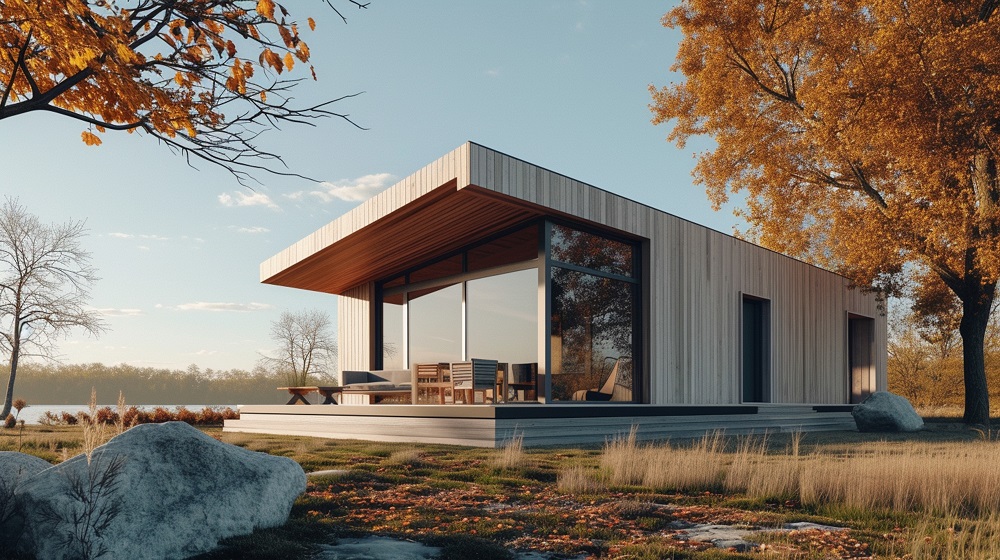
Have you ever wondered about what we could do to contribute more sustainably to our planet, in a way that directly impacts our personal lives? Surely, in our modern world where technological advancement is the new norm, there must be a way to merge home living and sustainability. What if this form of living didn’t compromise on comfort or style? Or better yet, what if this lifestyle was affordable and convenient? These questions have led to the rising awareness and adoption of a new type of housing: portable houses. Today, we’re going to take a dive into the world of portable houses and their impact on sustainable living.
The Rising Trends Of Portable Houses
Why are portable houses suddenly on the rise? Who are these new-age homeowners willing to compromise on space but not on convenience or the environment? What makes these portable houses so appealing to a broad spectrum of individuals worldwide? With the rising costs of living and the worsening state of our planet’s health, people are looking for alternatives – and portable houses offer a unique solution.
Understanding Portable Houses
What constitutes a portable houses? They are quite different from conventional housing solutions. Portable houses, sometimes referred to as ‘tiny homes’ or ‘mobile homes’, are compact, transportable dwellings. Designed with functionality and efficiency in mind, their compact nature doesn’t compromise on style or comfort. People seeking a minimalistic lifestyle or wanting to downsize can find these homes an appealing solution.
Environmental Impacts Of Portable Houses

portable houses
When discussing sustainable living, we need to address how portable houses measure up, and the results are uplifting. Not only do they require less space, but they also utilise fewer resources during their construction. Plus, their small size means they consume less energy for heating or cooling, leading to a considerably reduced carbon footprint.
Pros And Cons Of Portable Houses
While portable houses come with numerous benefits, such as cost-effectiveness, flexibility, and a reduced ecological footprint, they also have downsides. A significant challenge is the limited living space, which may require new homeowners to adapt to new ways of living. Regulations and building codes may also pose challenges.
The Future Of Portable Houses In Sustainable Living
The future of portable houses in sustainable living focuses on creating eco-friendly, mobile homes that reduce environmental impact while offering flexibility and mobility. These homes are designed with energy-efficient materials, renewable energy sources like solar power, and compact, functional layouts. They enable people to live sustainably without sacrificing comfort, allowing for minimal resource use and the ability to move to different locations while maintaining a low ecological footprint. As urbanization increases and the demand for affordable housing grows, portable homes are seen as a key solution to address these challenges.
Are Portable Houses Worth It?
Making the switch to a portable houses is an individual decision that requires much deliberation. It’s a lifestyle choice that calls for adjustment and openness to a new way of living. However, for those eager to reduce their environmental impact and seek a simpler lifestyle, portable houses present an exciting opportunity.
Conclusion: Embracing Sustainable Living With Portable Houses
The impact of portable houses on sustainable living is evident – they offer an innovative solution that aligns with greater environmental consciousness while providing the conveniences of modern living. As our society progressively embraces sustainable living, it might be worth considering whether a portable houses is the right choice for you. As we continue to design our lives in alignment with the health of our planet, portable houses represent a beacon of possibility. They challenge us to redefine our understanding of what a ‘home’ could look like, pushing the boundaries of sustainable living and design.





